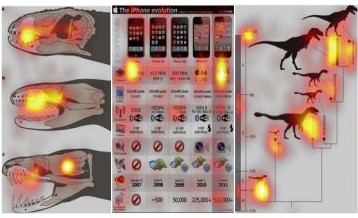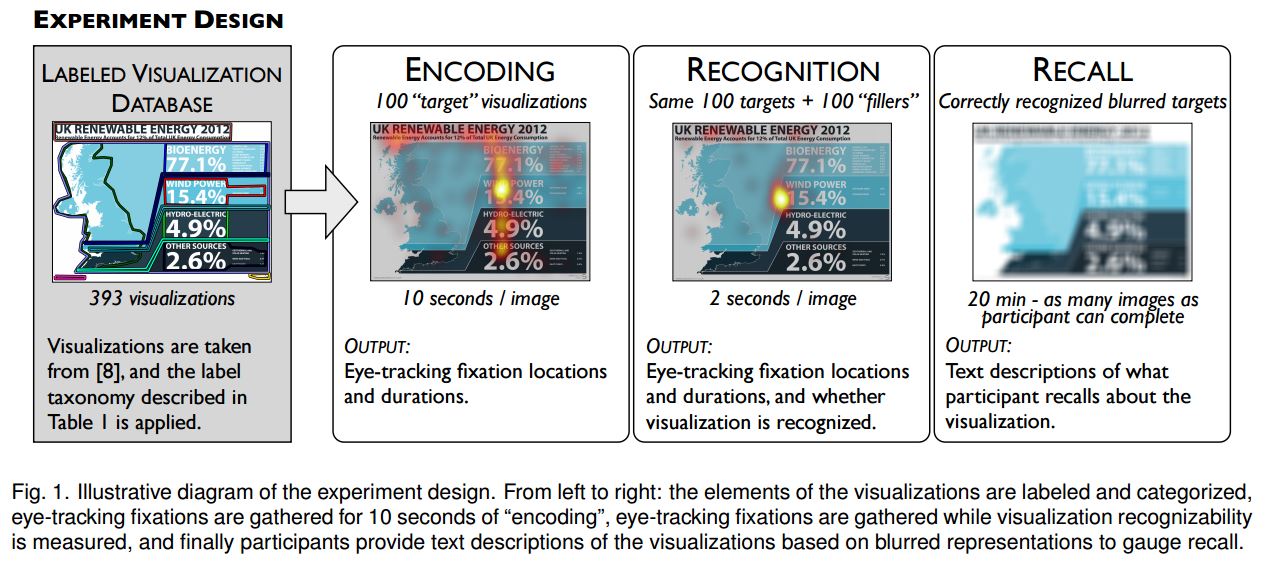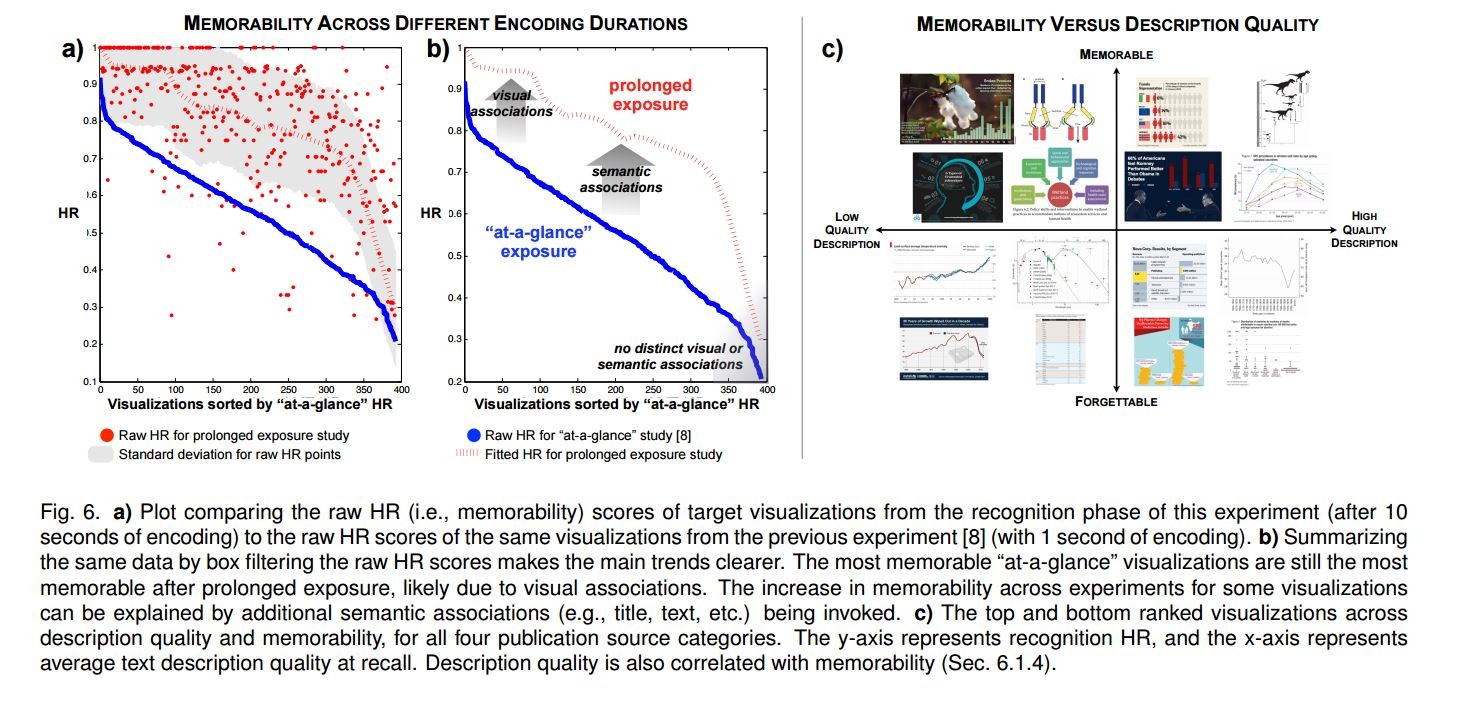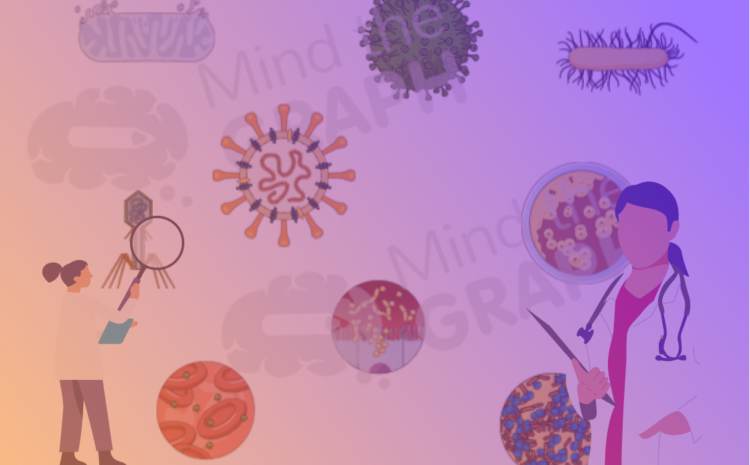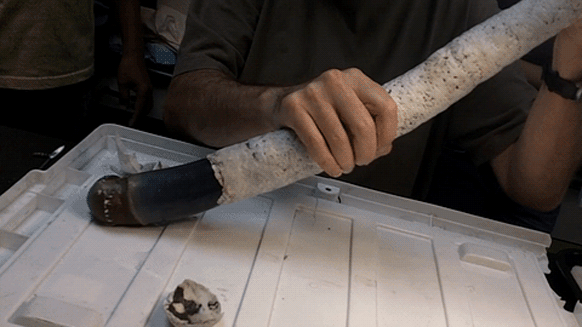An image is worth a thousand words. Thank your visual cognition for that!
We often hear how visual stimulus is important in assembling information. However, we rarely discuss why our mind works like that.
In a recent study, M. A. Borkin et al investigate our mind’s role in visualization. The study shows the importance of some elements in memorizing and recalling a message.
The authors presented visualizations in three different contexts to track eye fixation locations. Here are the three experimental phases:
First, authors allowed participants to memorize some images. Secondly, authors mixed the images to unseen ones and presented to participants again. By doing that, it would be able to track the participants eye paths in an attempt to identify familiar images. Lastly, authors took the correctly identified images and verified what types of information were used to identify an image, meaning what information was memorized.
The outcome on memorabilty can be seen below:
The results are clear. High memorable and best described images were the ones more visually associated. Which indicates how our visual cognition is instigated to certain types of stimulus.
In addition, the authors also found out the importance of titles and texts in message visualization. It is important to highlight that the usage of these elements complement the visualization and should be used in a clever way. Similarly, pictograms presented themselves as good hooks in message recalling.
Finally, redundancy helped recalling and understanding visualizations. This result may sound a bit awkward if we think that redundancy would make visualization boring and repetitive. However, if we think that visual cognition may retain information more easily when seen more than once, it makes perfect sense.
This research not only confirms why infographics have a great acceptance but also explains why we like them so much. Our minds go for whats pops out and is easier to assemble. In that way, visual cognition is all about the capability of retaining information. However, it should be done in a effortless effective way.
Our minds go for whats pops out and is easier to assemble. In that way, visual cognition is all about the capability of retaining information. However, it should be done in a effortless effective way.
If we work much better with visual stimulus, why do we insist in using long and dense texts to express ourselves? Do you think about that while writing a scientific paper? Maybe you should.

Subscribe to our newsletter
Exclusive high quality content about effective visual
communication in science.

